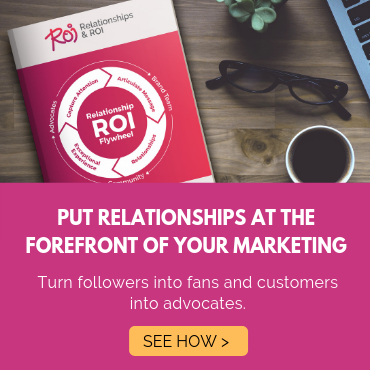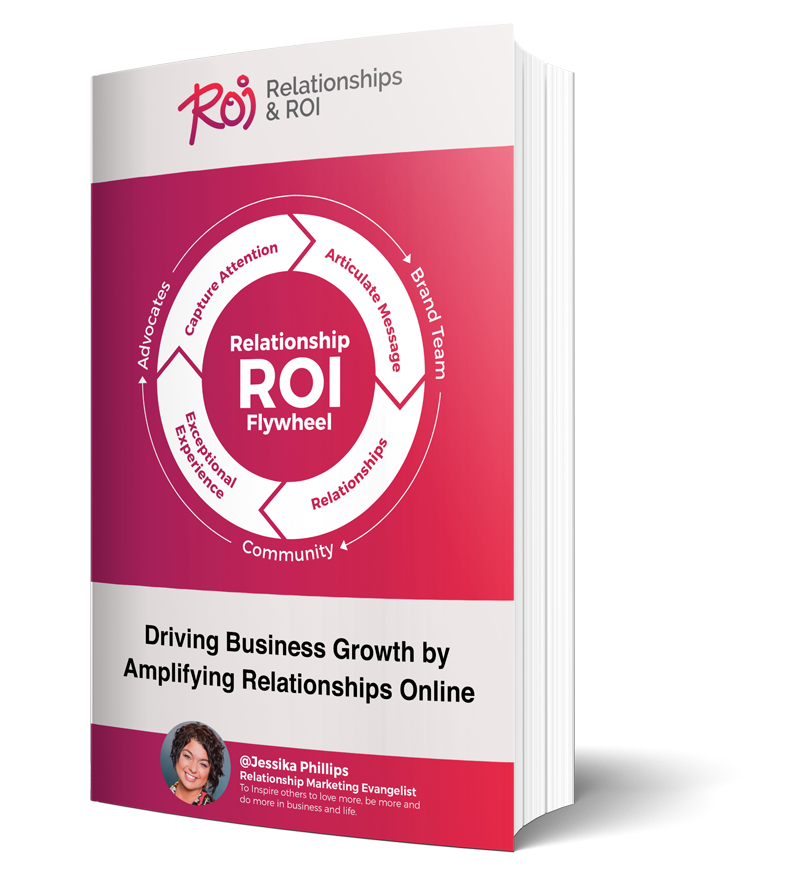(This is the sixth in a blog series by Ross Bishoff and Chelsey Lloyd on content creation)
It was my junior year in Journalism school (Magazine Feature Writing to be exact) when I really learned the art of telling stories. And having that ability is what separates average fiction/nonfiction writers from the truly remarkable ones.
But why can’t those same tools be adapted to marketing? Especially when it comes to blogging and social media marketing, developing content that really reaches out and engages your audience is what solidifies those amazing relationships that deliver lifelong customers.
Whether you see your online marketing efforts as Relationship Marketing, Inbound Marketing or simply another wing of your overall strategy, great content should go beyond simply trying to push products in everyone’s face and grabbing a few quick sales.
To elevate your ability to grab and hold a world that is increasingly able to tune in and tune out, you have to connect with them. And that means great storytelling. Whether it’s in a YouTube video, a 95-character tweet or a 600-word blog, you can use these storytelling tips to lift yourself above the noise and build great relationships that will pay off for years to come so long as you stick with these four elements.
1) Be honest/Be fair
Don’t be dishonest, confusing or inconsistent. Be fair to your audience by being authentic and genuine.
Throughout everything you do, be as honest and transparent as possible. Nothing will hurt those relationships we’re trying to build more than half-truths and confusion about what your message is, what you’re offering and what problems you solve.
2) Be human
I want to see a face with your story. I want to relate to your product.

Social media is increasingly about humanizing your brand, and that’s no different from storytelling. From Cinderella to Rocky, the best stories all involve dynamic characters, right? Why can’t you do that with your content?
Instead of telling me how fantastic a sit-stand workspace is, show me a person using it easily and tell me how it helps them. And don’t make it vague, yes a model standing there with a big smile is ok, but wouldn’t it be better if you had an actual person who used it and benefitted from it in the picture? Then, add their testimonial on how it helped them lose 20 pounds or get active.
That is something people can relate to. A living, breathing, human being who has benefitted from your product.
3) Solve my problem

I want to know why your product is worth my money. I want to know what problem you are going to solve for me.
Great stories always involve a great conflict. Seriously, if the Batman didn’t have the Joker, would we even care about Gotham City?
So tell me what problem you can solve, or have solved for people. For instance, a chiropractor who simply tells the world he’s got great certifications and diplomas is impressive but does that really engage me? Instead, if he or she can show me a track record of helping people with back problems, migraines and chronic pain, that resonates because it’s something many of us deal with, and would love to … not deal with.
Show me how you can solve my problem and I just might let you.
4) Finish strong
I want you to wrap this up with a bow, a cherry on top. You’ve shown us your human side, you’ve introduced a problem, now wow us with a great closing.
By closing, I don’t necessarily mean the last words of a Facebook post or Tweet. It’s more the idea of the end result, what buying your product or service will mean to me down the road.

The last thing you want to do is leave your audience hanging. Unless you’re Alfred Hitchcock and sell suspense (which I’m guessing you don’t), you want to deliver something that puts a stamp on your point.
Say you own a gym and have plenty of members who have experienced amazing health benefits because of your personal trainers, show that off in testimonials. Or you’re a construction company that delivers stunning results. Or you offer heating and cooling services that save building owners thousands of dollars a year.
Don’t let your message fade out. End on a strong note.
Good storytelling reaches out and grabs the heart of your audience with real people, real problems and real results. Take that to heart in every aspect of your content and your content will stand out in a major way.
And remember, truly great writing is determined by the people it reaches and helps. If it's successful, you'll see visitors come back to your article and share it with others.




Comments